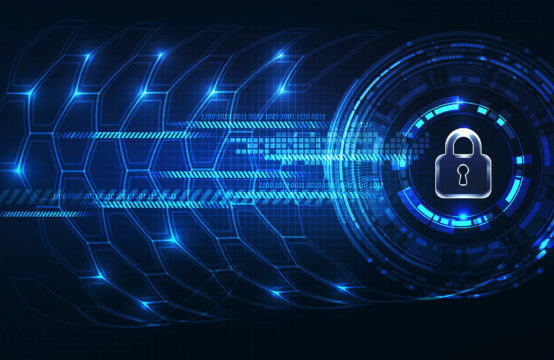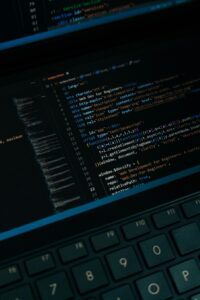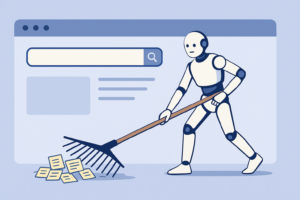The new office is the home office, with all its benefits and challenges. However, today there’s the added concern especially when it comes to the security of confidential organisational data and information when working outside of your company’s secure networks.
The sudden push for a transition of the workforce from office to home has exposed many organisations to cyber risks. As per a global survey by Barracuda Networks, around 66% of Indian organisations have suffered at least one data breach after shifting to the remote working model.
Read more: DevOps Sharpens Indian Tech During COVID Induced Remote Working
Yesterday, we saw Gmail having an outage with no one knowing exactly what happened. The new trend of remote working has introduced greater risks and increased risk of cybercrime for organisations who do not have an updated cybersecurity strategy and also lack solutions to address vulnerabilities that have been exposed due to the shift.
In such a scenario, how do you ensure data/system security while working from home? Here are some simple steps that can help you keep your data secure.
-
Preventing Unauthorized System Access
Cybercriminals and hackers are everywhere, looking for an opportunity to hack into your system and gather important confidential data. The fear of unauthorised access is increased during such times as hackers know a large portion of the population is working from home.
Every business, be it small or medium or large, needs to have a very strong and dependable access control policy defined for its employees. Most of the data breaches happen due to weak or old passwords. (Some people barely change their passwords regularly). Use unique and strong passwords and change them at regular intervals. Make sure to not write down your passwords on your working systems.
There are various software and tools available to see if your password is compromised.
-
Require Two-Factor Authentication/Multi-Factor Authentication
An increasing number of companies are making sure they have two-factor authentication when employees log in to their devices/accounts.
Two-factor authentication adds a layer of security to ensure that only the actual account owner can access their account. A hacker could steal an employee’s password, but they probably won’t have a phone that receives the verification code commonly known as OTP. Also, the hacker wouldn’t have access to a fingerprint, which is used in not all but some systems. Adding one additional layer to the login process could make a lot of difference in keeping hackers out.
Two-factor authentication systems can also serve as a type of alert when an unauthorised user is attempting to log in to an account. This will help you know when you need to change your password or contact your IT team about a potential threat.
-
Beware of Phishing Emails and Messages
If you ever receive an email around anything not related to work, some schemes, lotteries, etc., think twice before clicking on the link. There is an increasing number of cases where employees receive such emails, which once clicked on provide an inroad to hackers with malicious intent.
-
Securing Home Networks
Even though you may have a separate work laptop provided by your office, while working from home, you’d be using your home Wi-Fi. And your organization’s IT team has no control over it whatsoever. Changing passwords to something more complex than just names or birthdays of people is the most basic step in securing the home network. In any situation, if the IT team of your organisation fails to install a Virtual Private Network (VPN) client, one can always secure the WiFi network or their own devices, by subscribing for a paid VPN service.
Read more: Remote Working India in Dire Need of Cybersecurity Training
Using a VPN on your work device before connecting it to your home network is another security practice that must be followed. Ensure to avoid free VPNs as they are not completely safe and usually compromise security, killing the entire purpose of using it in the first place.
These are some important steps you can follow to ensure your systems are secure and not compromised by cybercriminals.

Devashish Sharma
Guest contributor Devashish Sharma, CTO at Flock, a global workplace collaboration and communication suite. Any opinions expressed in this article are strictly that of the author.












